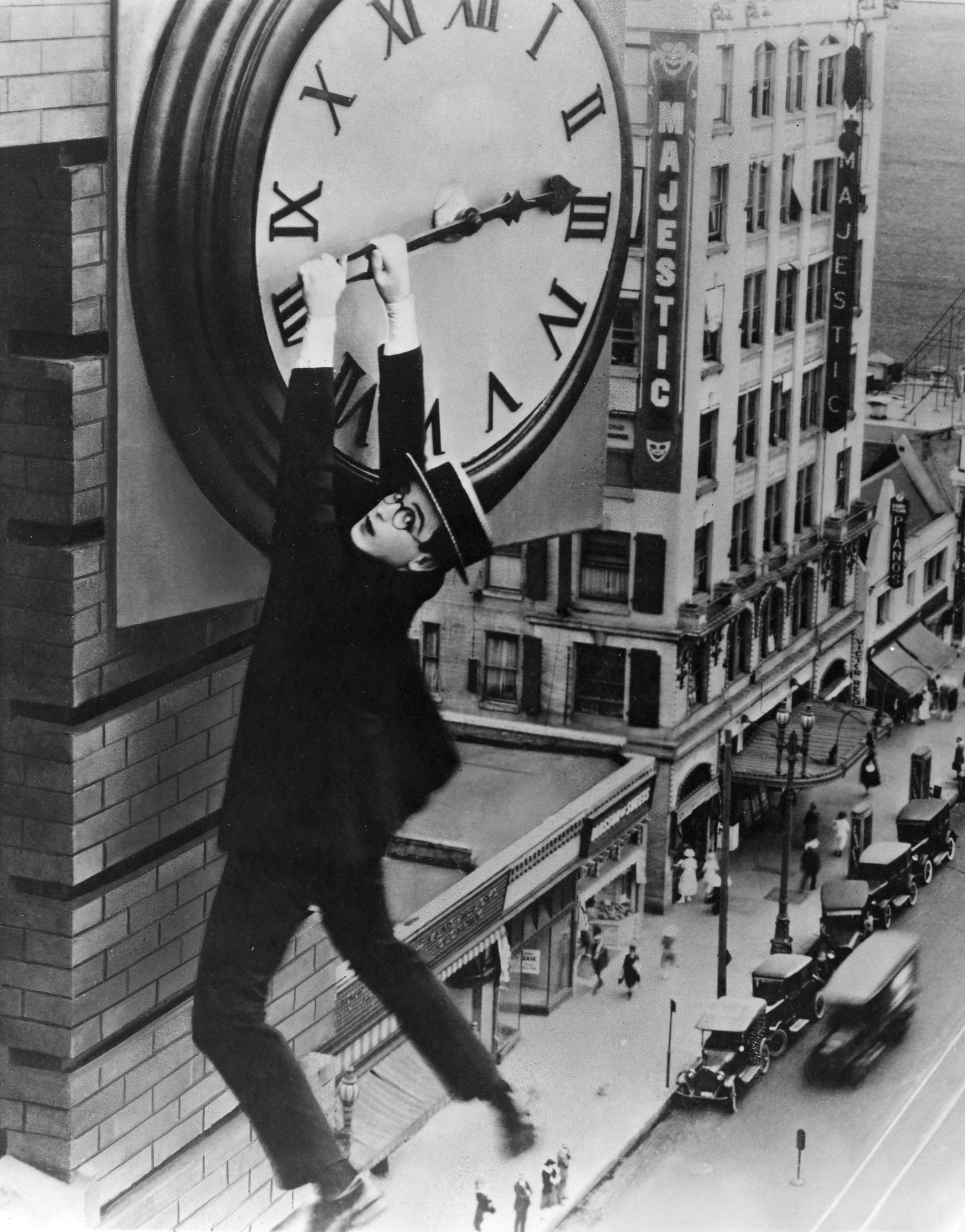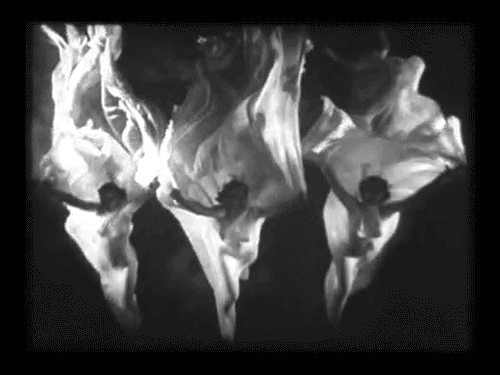Okay. Another 5 films back on Sunday, June 10th. This is just a data dump, so really brief descriptions:
ELEPHANT PATH/NJAIA NJOKU: An elephant blind deep in the Dzanga National Park in the Central African Republic. A look at the people to study and protect them, and the social and political unrest that threatens them. A warning, there are pretty sad scenes of the aftermath of killings. Beautifully made movie, and some scenes of natural beauty, but also some scenes that are pretty sobering for early Sunday (what, are most people already sober Sunday mornings?)
ELEPHANT PATH/NJAIA NJOKU: An elephant blind deep in the Dzanga National Park in the Central African Republic. A look at the people to study and protect them, and the social and political unrest that threatens them. A warning, there are pretty sad scenes of the aftermath of killings. Beautifully made movie, and some scenes of natural beauty, but also some scenes that are pretty sobering for early Sunday (what, are most people already sober Sunday mornings?)
 |
| Elephants being elephants |
THE TREE: A short film preceding the next feature. It's a look at the Christmas and post-Christmas season, from the point of view of a Christmas tree. It's happy for a while, but of course the life of a Christmas tree is short and ends in a chipper.
 |
| The tree, in happier times |
NORTH POLE, NY: A look at the history and current state of Santa's Workshop, a theme park in the mountains of upstate New York. Once the area was dotted with theme parks, but now this is pretty much the only one left. Times have changed, road trips to quirky destinations just aren't as much of a thing anymore. The digital world has forgotten a lot of the analog pleasures. But this place has survived, as a local institution. We follow its history, including the time con-men bought the park and almost destroyed it, but the town rallied and saved it (sounds like a cheesy movie, but it was completely true.) There's also a genuine love for the place, from the locals who work there and from the fans, many of whom visited many times as kids, and are now taking their own kids there. It's a charming slice of Americana.
 |
| Santa Claus waving to the crowd |
GETTING OVER: Ray Charnick was a heroin addict. In 1997, his brother Arnie recorded 17 hours of interviews with him, as he was on his deathbed (if I recall correctly, from HIV.) He subsequently passed the tapes on to Ray's son Jason. Who waited, and eventually when he felt the time was right, he watched the tapes. And with the flood of emotions, made this deeply personally documentary. His father was absent nearly all of his life. And we get to witness as he--for all intents and purposes--"meets" his father for the first time. There's anger, frustration, but also a bit of understanding and sympathy. You know, all the frustrations of family and history, times about a million. At times you might wonder who on Earth would want to watch essentially someone else's home movie--and not a home movie of happy times, but a home movie of anger and frustration. The answer is, I would. This is the type of intensely personal documentaries I eat up, even if they don't always have the highest entertainment value.
 |
| Jason Charnick directing and starring in this documentary |
THE DAWN WALL: I remember this story from a few years back. A pair of climbers doing a free ascent of the hardest, barest, sheer vertical wall on El Capitan in Yosemite. This is that story, as well as the backstory of Tommy Caldwell. A climbing prodigy, a survivor of a terrorist kidnapping, a guy who killed (spoiler: or so he thought!) his captor, a guy missing the tip of his finger in a home construction accident... Okay, that last one should've ended his professional climbing career.
And in complete digression, this reminds me of Harold Lloyd, famous silent film comedian. Even if you don't know his name, you've seen him hanging from a clock in a very famous picture (below.) Well, it so happens that due to an accident with a prop bomb that turned out not to be a prop, Lloyd was missing the index finger and thumb on his right hand.
Anyway, Tommy, rather than letting a missing fingertip end his career, came back with a vengeance, making record fast runs up El Capitan. Pioneering new routes (any one new route makes you famous, so he did several.) And finally, with a new climbing partner Kevin Jorgeson, they make their ascent up the Dawn Wall. And they totally trigger my acrophobia about 100 times more than the early parts of the movie (which was already kinda triggering me.) Long story short, they make it, the movie's amazing, and I couldn't sleep for a couple of nights because every time I closed my eyes I'd flash back to one of those dizzying views.
And in complete digression, this reminds me of Harold Lloyd, famous silent film comedian. Even if you don't know his name, you've seen him hanging from a clock in a very famous picture (below.) Well, it so happens that due to an accident with a prop bomb that turned out not to be a prop, Lloyd was missing the index finger and thumb on his right hand.
Anyway, Tommy, rather than letting a missing fingertip end his career, came back with a vengeance, making record fast runs up El Capitan. Pioneering new routes (any one new route makes you famous, so he did several.) And finally, with a new climbing partner Kevin Jorgeson, they make their ascent up the Dawn Wall. And they totally trigger my acrophobia about 100 times more than the early parts of the movie (which was already kinda triggering me.) Long story short, they make it, the movie's amazing, and I couldn't sleep for a couple of nights because every time I closed my eyes I'd flash back to one of those dizzying views.
 |
| Tommy Caldwell, climbing while missing part of a finger |
 |
| Another incredible climber, who also happens to be missing part of a finger |
INSTANT DREAMS: And finally I ended the weekend on this odd, semi-experimental nostalgia piece to Polaroid. With digital photography taking over, in 2008 Polaroid announced it would stop manufacturing instant film cameras. The thing is, in the digital world Polaroid isn't even instant. You have to wait a minute. And you can't just delete the pictures that don't come out well. So it's an interesting bridge from the old film that took time to develop to the maybe too-instant digital world. Anyway, the film bounces from photographer to photographer, and also to a team of scientists, engineers, and inventors who are trying to recreate the Polaroid formula and bring back instant film. A fascinating, surreal experience. Either dream-like, or I was so exhausted that I was snoozing and what I remember was partially, literally dreams.
 |
| Pretty, pretty photography |
Total Running Time: 433 minutes
My Total Minutes: 483,885













.jpg)


























